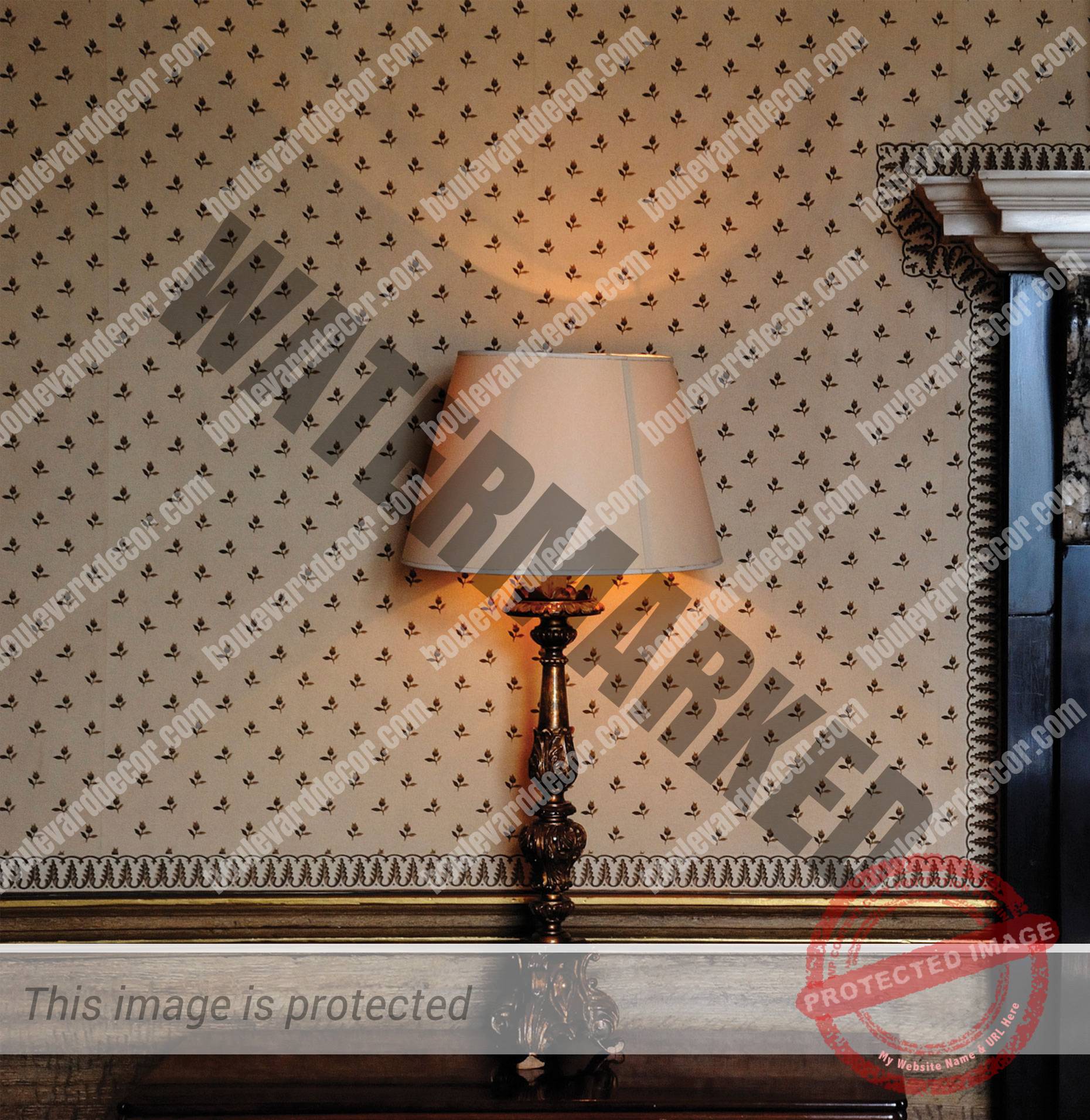
Wall Preparation for Applying Quality Wallpaper
Preparing your room for wallpaper can be a simple or more complicated process depending on the current condition and surface type of the walls.
The very first thing you’ll need to do before applying primer is ensuring the wall is as smooth as it can be. This means removing any nails or other protrusions, and filling uneven spots, cracks, and holes with putty. Then sand your repairs down so that it’s even with the rest of the wall.
The next step to take before applying primer is giving your walls a good wash. This is simply achieved with a good multi-purpose cleaner, a bucket of warm water, and a sponge. Once the wall has been washed and has dried completely, you can apply your primer.
Priming creates a smooth surface for the paper and seals the surface so the paste will not penetrate into the wall material. A coat of oil-base wall primer is probably the most popular sealer.
Priming promotes adhesion making it possible to hang on difficult-to-stick-to surfaces like glossy painted walls. Pigmented primers have a white hiding pigment which makes the entire wall uniformly white—very important in today’s world of wallpapers that are not 100% opaque to prevent the old wall colour from showing through.
With so many different products on the market today for wall preparation, such as acrylic, oil-based, water-based, stain blocker, primer sealer, and many others, it can become quite confusing.
Here we have compiled a couple of “good to know” facts for preparing your walls:
Primer: Most primers are applied to make the substrate more uniform for acceptance of the finish coat. They also improve the adhesion of the topcoat. Not all primers will allow the wallpaper to slide easily on them during the installation process. They also will improve the removability of wallpaper and decrease the chances of wall damage. These can be either water based (acrylic) or oil based. All paint companies manufacture primers.
Primer/Sealers: Also known as DRC, drywall repair clears can provide the best insurance on a good installation. It is a special penetrating primer that is designed to penetrate the wall surface and seal up any problem areas due to wall damage or any situation where wall surface anomalies are suspected. These products are available in several mixtures to address specific needs. A coloured (pigmented) acrylic primer/sealer is the most common because it can be used on all surfaces. It’s water based, easy to clean and the colouring helps prevent any discolorations from showing through the paper. These products protect the underlying drywall, provide a good surface for adhesion, and increase the slip of wallpaper.
Oil Base primer
Oil base primer is an excellent insurance for hanging wallpaper easy and making it last. Using a good quality oil-base primer is the best insurance for you to enjoy the longevity of your wallpaper. The primer works by not allowing the wallpaper paste to penetrate and absorb into the walls surface. Therefore, this will ensure your seams stay tight for the duration of the job. Primer also provides a solid surface for the wallpaper adhesive, and will improve the adhesion of the wallpaper. When hanging the wallpaper, the primer gives you a longer wet time allowing you to slide the wallpaper easily, adjust the pattern, or straighten the seams which may be necessary during the installation process.
Prep Coat: Acrylic primer that normally, when dry, leaves a tacky surface. This surface allows wallcoverings to easily adhere to the surface. Sometimes referred to as a primer/size.
Stain Killer Primers: Should be used for walls with problematic stains such as grease, recurring mould, etc. They prevent these types of stains from bleeding through the wallpaper. This product would be used to spot-treat these areas or as a total primer base. These primers are also excellent for covering brightly painted surfaces that may otherwise bleed through the final wall covering. Most stain killer formulas contain anti-microbial agents to prevent future growth of any type of mould; however, existing mould must be removed using a 3:1 water to bleach solution prior to application of the primer. All paint companies manufacture stain killing primers.
Size: In the case of plaster walls, it will prevent too much paste from being absorbed into the wall. It’s use on drywall applications is not so much to prepare the wall, but to provide added adhesion for the final installation of wallcovering. It usually comes in the form of a white powder that is mixed with water according to the manufacturer’s instructions. Another form of size is to coat the walls with a thinned down version of the adhesive that ultimately be used in the installation of the wallcovering. Many wallpaper manufacturers specifically request it’s usage on any wall type though it is traditionally associated with plaster walls.
Temperature
While you do the installation of applying the wallpaper after all the necessary preparation has been done, the ideal room temperature would need be between 25 – 28 degrees Celsius while it dries for at least between 24 – 48 hours.
If there is any doubt about the wallpapering onto a particular surface, test it by pasting 3 small strips of wallpaper and fixing them to different areas of the wall then leave for about 3 days. Check to see if they are firmly attached; if they are, go ahead and wallpaper the wall, but if they come off fully the old surface finish, you need to do some more preparation.
At Boulevard Décor™ we are able to supply highest quality, European wallpapers in various embossed textures and designs to suit you’re the interior environment and bring it to life. Our specialist installation teams have travelled cross-border with us over the years and completed numerous successful installations.
AUTHOR: Darius Du Plessis



